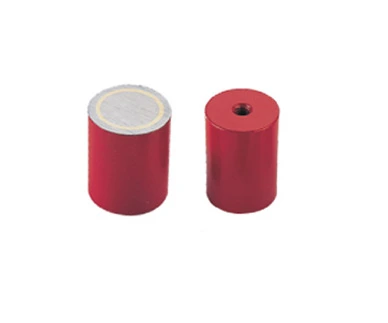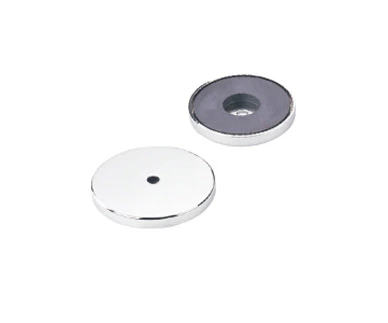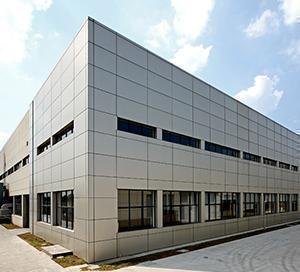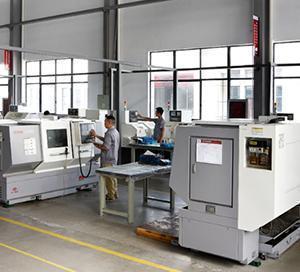Not all stainless steels are magnetic. The magnetic properties of stainless steel depend on its composition and microstructure, which determine whether it exhibits ferromagnetic, paramagnetic, or non-magnetic behavior. At Souwest Magnetech, we specialize in magnetic separation solutions, leveraging rare earth magnets wholesale to address contamination risks in industries like food processing, where stainless steel is prevalent. This guide explores the magnetic properties of stainless steel, the factors influencing them, and how Souwest Magnetech’s custom rare earth magnets and magnetic separators ensure product purity and operational efficiency.
What is Stainless Steel?
Stainless steel is an iron-based alloy containing at least 10.5% chromium, which forms a protective oxide layer to resist corrosion. Other elements, such as nickel, molybdenum, carbon, and manganese, are added to enhance specific properties like strength and corrosion resistance. While often referred to as “stainless,” it is not entirely immune to corrosion but is highly durable due to the passivation process, where chromium creates a protective surface layer. At Souwest Magnetech, our magnetic separation equipment, powered by NdFeB magnets, is designed to remove stainless steel contaminants from production lines, ensuring compliance with stringent industry standards, particularly in food processing.
Types of Stainless Steel and Their Magnetic Properties
Stainless steels are categorized into five main types based on their microstructure, each with distinct magnetic characteristics:
Austenitic Stainless Steels
Austenitic stainless steels, such as grades 304 and 316, are generally non-magnetic due to their face-centered cubic (FCC) crystal structure. These grades contain high levels of nickel (8–10% in 304, 10–14% in 316) and chromium (16–18%), which enhance corrosion resistance but suppress ferromagnetism. However, cold working processes like bending or cutting can induce partial magnetism by forming ferrite in localized areas. Souwest Magnetech’s magnetic separators, equipped with round rare earth magnets, effectively capture these weakly magnetic contaminants in food and pharmaceutical applications.
Ferritic Stainless Steels
Ferritic stainless steels, such as grades 409, 430, and 439, are magnetic due to their body-centered cubic (BCC) crystal structure, which is rich in iron. These grades contain 10.5–16% chromium but minimal nickel, making them ferromagnetic. While less corrosion-resistant than austenitic grades, ferritic stainless steels are ideal for applications like automotive exhaust systems. Our magnetic separation systems at Souwest Magnetech, utilizing rare earth cylinder magnets, efficiently remove ferritic stainless steel particles from production lines.
Martensitic Stainless Steels
Martensitic stainless steels, including grades 410, 420, and 440, are magnetic due to their iron-rich, body-centered tetragonal (BCT) structure. These grades contain 11.5–18% chromium and higher carbon content (up to 1.2%), allowing them to be hardened for applications requiring strength, such as cutlery. However, their corrosion resistance is lower than austenitic grades. Souwest Magnetech’s custom rare earth magnets are designed to capture martensitic stainless steel contaminants, ensuring product safety in industries like food processing.
Duplex Stainless Steels
Duplex stainless steels combine austenitic and ferritic microstructures, offering both magnetic properties and superior corrosion resistance. They are used in demanding environments like marine applications. Our magnetic separators at Souwest Magnetech effectively handle duplex stainless steel contaminants, leveraging NdFeB magnets to maintain product purity.
Precipitation-Hardened Stainless Steels
Precipitation-hardened stainless steels vary in magnetic properties depending on their composition. Some grades are magnetic due to their martensitic structure, while others are non-magnetic. Souwest Magnetech provides tailored magnetic separation solutions to address these variations, ensuring effective contaminant removal.
What Makes Stainless Steel Magnetic?
For stainless steel to be magnetic, two conditions must be met:
Iron Content: Iron is the primary ferromagnetic element in stainless steel. Grades with higher iron content, like ferritic and martensitic steels, are magnetic.
Crystal Structure: A ferritic (BCC) or martensitic (BCT) crystal structure enables ferromagnetism. Austenitic steels, with their FCC structure, are typically non-magnetic unless altered by cold working.
Cold working, such as bending or drilling, can transform austenitic stainless steel’s structure, creating localized ferrite and weak magnetism. This is critical in industries like food processing, where Souwest Magnetech’s magnetic separators use rare earth magnets wholesale to capture these contaminants.
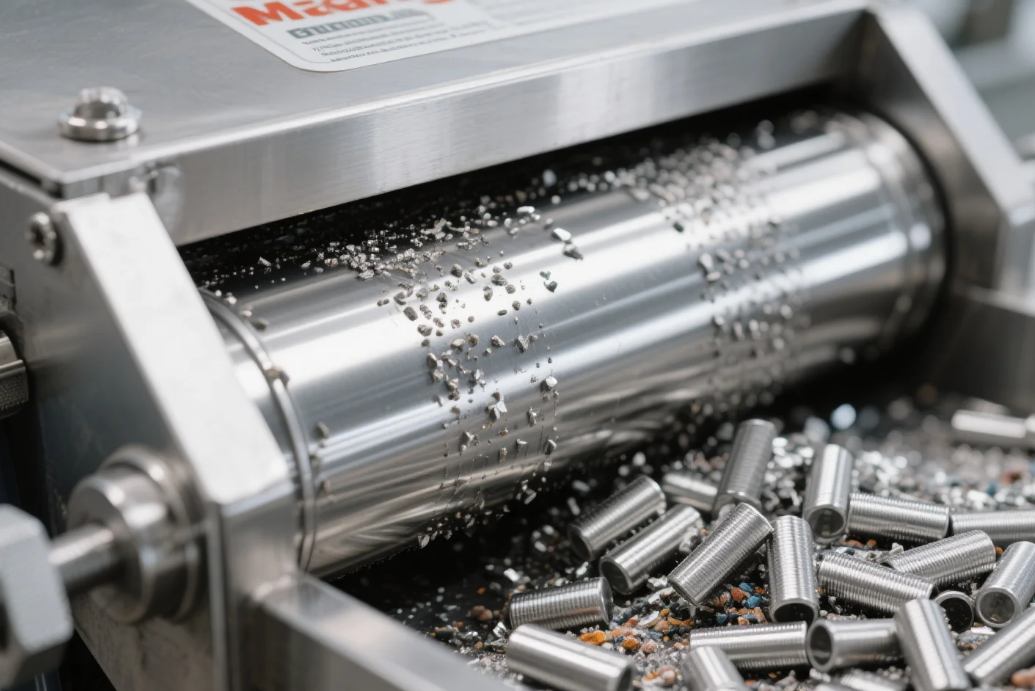
Common Stainless Steel Grades and Their Magnetic Properties
Grade 304: Non-magnetic in its annealed state but may become slightly magnetic after cold working. Contains 18% chromium and 8% nickel, ideal for general-purpose applications like kitchen equipment.
Grade 316: Non-magnetic, with 16% chromium, 10% nickel, and 2% molybdenum for enhanced corrosion resistance, suitable for marine and food applications.
Grade 430: Magnetic due to its ferritic structure and 16% chromium content, used in indoor applications like appliances.
Grade 410, 420, 440: Magnetic martensitic grades, used in applications requiring high strength, such as cutlery.
Souwest Magnetech’s magnetic separation equipment, powered by NdFeB magnets, is designed to detect and remove both magnetic and weakly magnetic stainless steel contaminants, ensuring compliance with food safety standards.
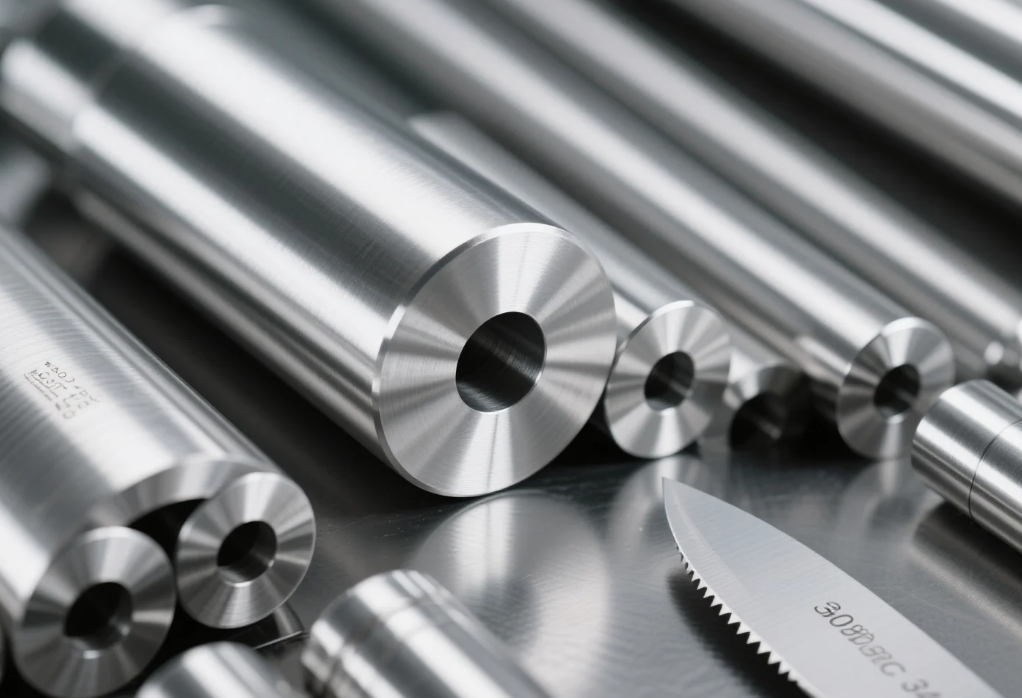
Why Magnetism Matters in Stainless Steel Applications
The magnetic properties of stainless steel significantly impact its performance in industrial applications:
Fabrication Challenges: Magnetic stainless steels can interfere with welding processes, as magnetic fields may disrupt the weld arc. Non-magnetic grades like 316 are preferred in such cases.
Corrosion Resistance: Magnetic grades (e.g., 430) have lower corrosion resistance (11–16% chromium) compared to non-magnetic grades (e.g., 316 with 2% molybdenum), making them less suitable for harsh environments.
Food Industry Applications: Non-magnetic grades 304 and 316 are preferred for their corrosion resistance and hygiene. However, work-hardened stainless steel particles can become weakly magnetic, posing contamination risks.
Souwest Magnetech addresses these challenges with magnetic separators and metal detectors that use custom rare earth magnets to capture even fine stainless steel particles, ensuring product purity in food and pharmaceutical industries.
Stainless Steel in the Food Industry
Grades 304, 316, and 316L are the most common stainless steels in food processing due to their corrosion resistance and hygiene. Grade 316, with added molybdenum, is considered “food-grade” for its resistance to chlorides in salty or acidic foods. Grade 316L, with lower carbon content, offers even better corrosion resistance. These grades are non-magnetic, making them ideal for environments where magnetic interference must be minimized.
Stainless steel’s benefits in food processing include:
Corrosion Resistance: The chromium oxide layer prevents rust, ensuring food safety.
Strength and Durability: Stainless steel withstands heavy use and high temperatures.
Ease of Cleaning: Its smooth surface prevents bacterial growth, making it easy to sanitize.
Cost-Effectiveness: Low maintenance reduces long-term costs.
However, wear and tear in food processing equipment can introduce stainless steel fragments into the product stream. Souwest Magnetech’s magnetic separators, equipped with round rare earth magnets, effectively remove these contaminants, even when they are weakly magnetic due to work-hardening or fine particle size (0.1–3 mm).
Magnetic Separation in Food Processing
In food processing, stainless steel equipment (e.g., conveyors, mixers) can generate fine metal fragments due to mechanical wear. These particles, often work-hardened and weakly ferromagnetic or paramagnetic, pose a contamination risk. Souwest Magnetech’s magnetic separation solutions, powered by NdFeB magnets, are designed to address this challenge. Our magnetic drawer filters and grate magnets use high-intensity rare earth magnets wholesale to capture stainless steel particles as small as 0.1 mm, ensuring compliance with HACCP and FDA standards.
For non-magnetic or weakly magnetic contaminants, we recommend combining magnetic separators with metal detectors. While NdFeB magnets capture ferromagnetic and work-hardened particles, metal detectors identify larger non-magnetic fragments, providing comprehensive protection.
Why Choose Souwest Magnetech for Magnetic Separation?
Since 2003, Souwest Magnetech has been a leading rare earth magnets wholesale supplier, offering custom rare earth magnets like rare earth cylinder magnets and round rare earth magnets for magnetic separation applications. Our subsidiary, Mag Spring, provides global access to NdFeB magnets, SmCo magnets, and magnetic assemblies, ensuring high-quality solutions for food processing, pharmaceuticals, and recycling industries.
Our magnetic separators are designed with advanced NdFeB magnets to maximize contaminant removal, even for fine stainless steel particles. We offer custom rare earth magnets tailored to specific equipment and industry needs, ensuring optimal performance and compliance. With competitive pricing and professional support, Souwest Magnetech is your trusted partner for magnetic solutions.
For more information or to request a quote, visit https://www.magnetsw.com/. Choose Souwest Magnetech for reliable, high-performance magnetic separation solutions that safeguard your products and processes.
 English
English 日本語
日本語 한국어
한국어 français
français Deutsch
Deutsch Español
Español italiano
italiano русский
русский português
português العربية
العربية


